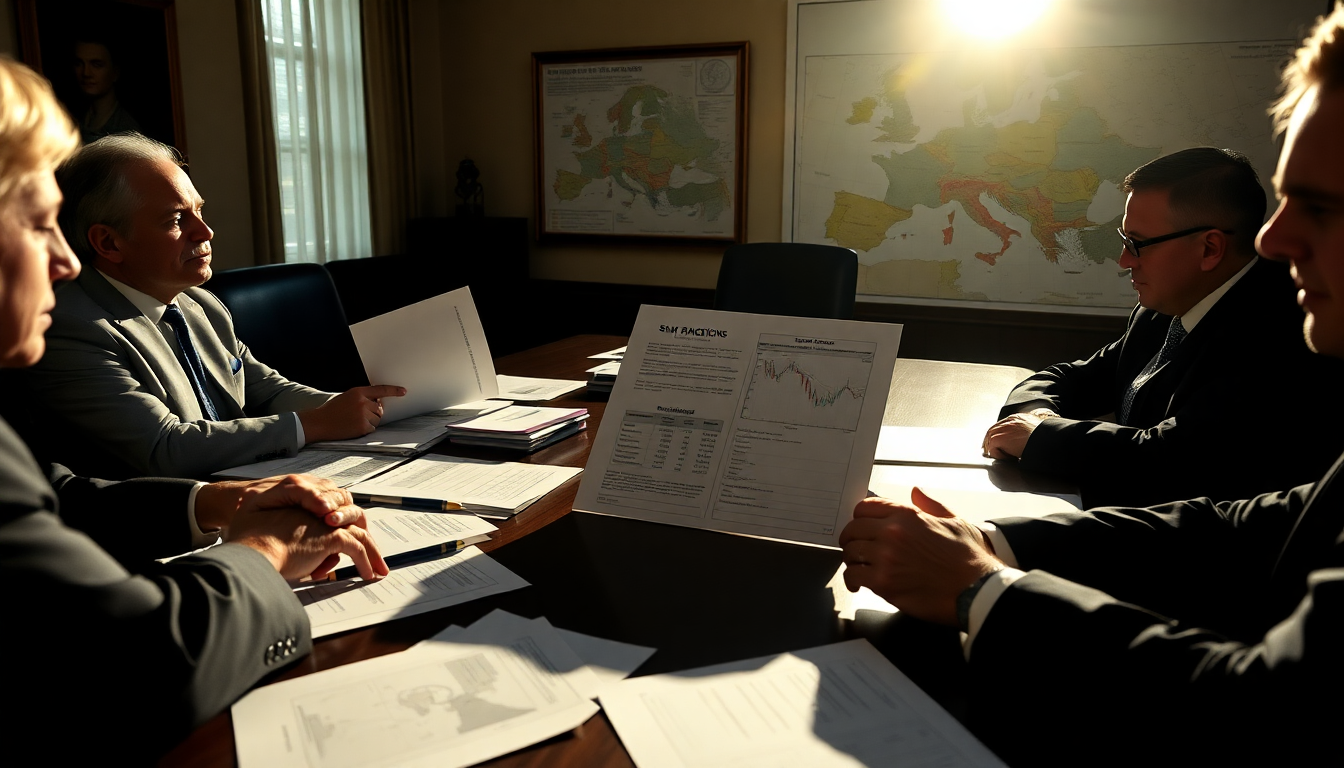Table of Contents
In recent weeks, President Donald Trump has made a noticeable shift in his approach towards Russia and its role in Ukraine. This change has sparked quite a bit of discussion about whether the sanctions strategy he’s proposed can really hold up and make a difference. While some experts are optimistic about the potential outcomes, they also warn that it could take years before we see any real results. So, what does this mean for the future? Let’s dive into the details of Trump’s strategy, the reactions it’s stirring, and the possible long-term effects for both Russia and Ukraine.
Market Dynamics of Trump’s Sanctions Strategy
Trump’s recent announcement regarding sanctions on Russia’s oil sales marks a significant shift in U.S. foreign policy. By tying military support for Ukraine to strict sanctions, he’s crafted a strategy that might just pressure Russia into negotiations. But there’s a big catch: the success of this approach hinges on international cooperation and the ability to keep up economic pressure over the long haul. Can this really work?
One major question on everyone’s mind is whether these sanctions will actually deter Putin’s ambitions. While some analysts argue that economic sanctions can be a powerful weapon, others are less convinced about their immediate effectiveness. Fred Fleitz, who once served as a deputy assistant to Trump, points out that while this strategy could pay off, it might take several years to see any tangible peace outcomes. This underscores a broader reality: resolving geopolitical conflicts often requires a lot of persistence and patience.
Challenges and Opportunities in the Geopolitical Landscape
As Trump maneuvers through the tricky waters of international relations, he’s facing some pushback from within his own party. Some Republicans, like Representative Marjorie Taylor Greene, are calling for a more isolationist stance and are against military aid for Ukraine. This internal divide presents a real challenge for Trump as he seeks to unite his party around a clear foreign policy direction.
Furthermore, security experts stress the need for Ukraine to receive advanced military capabilities to strengthen its negotiating power. The ongoing conflict demands not just defensive measures but also offensive tools that can strike critical Russian infrastructure. A well-rounded strategy that combines both could significantly enhance Ukraine’s position in any future discussions. Are we ready to see a shift in military dynamics?
Long-Term Projections and Potential Pathways to Peace
Looking ahead, the possibility of a ceasefire or armistice seems essential to end the hostilities. Fleitz suggests that a potential resolution might involve Ukraine temporarily holding off on NATO membership, while still securing military support from Western allies. This could ease Russian fears about NATO’s expansion and give Ukraine the resources it needs to defend itself effectively.
Ultimately, the success of Trump’s sanctions strategy will depend on a variety of factors, including the strength of the Ukrainian military, the resilience of the Russian economy under sanctions, and both sides’ willingness to engage in real conversations. History tells us that conflicts like this often take time to resolve, and patience will be key as events unfold. As we examine the shifting dynamics of this geopolitical landscape, it becomes evident that while the path to peace is fraught with obstacles, there are still opportunities for negotiation and compromise. Isn’t it fascinating how complex these international relationships can be?


